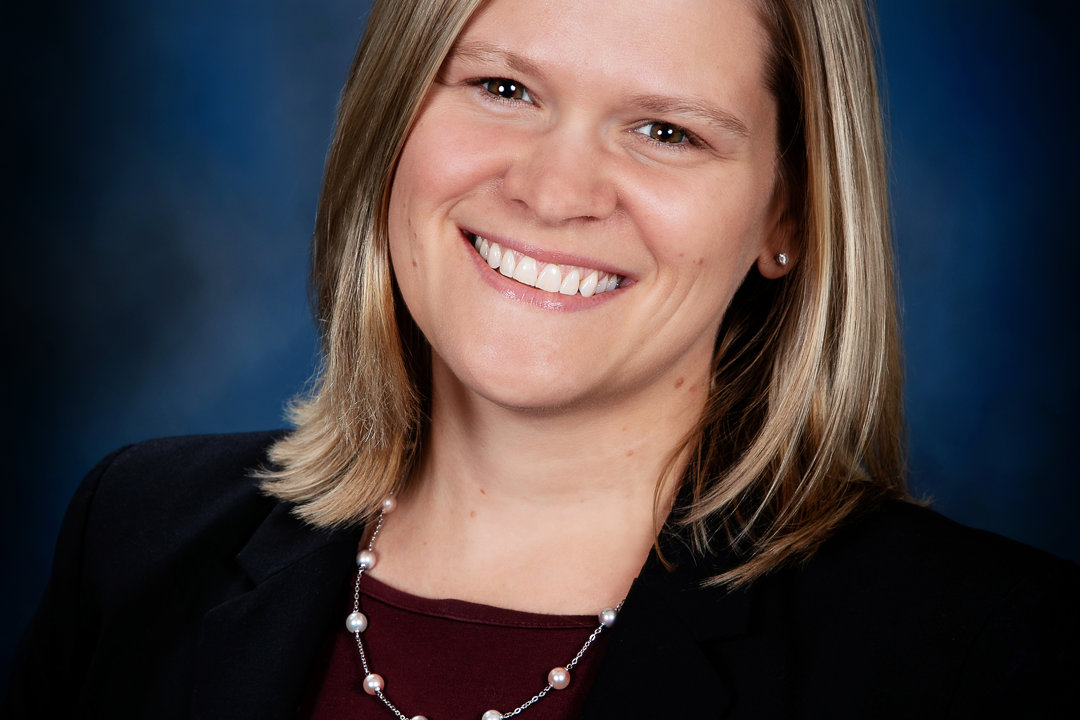
- Compliance
Physician Assistant Supervision Requirements in Arizona
Arizona physicians must be aware of the physician assistant supervision requirements, to ensure they receive the supervision and support they need to deliver quality patient care.
As of January 1, 2024, Physician Assistants (“PA”) fall within one of two practice categories: those certified by the Arizona Regulatory Board of Physician Assistants to practice independently (no supervision agreement required) but in collaboration with a physician, and those who must practice according to a supervision agreement and with the oversight of a physician. It is essential to understand the physician’s supervisory requirements and liability for the acts of PAs practicing with them in each scenario.
Physician Assistants Practicing in Collaboration with a Physician
The Arizona legislature passed HB2043 during the 2023 legislative session. It allows a PA with at least 8,000 hours of clinical practice certified by the Arizona Regulatory Board of Physician Assistants (Board) to practice without a supervising physician. PAs must still “collaborate with, consult with, or refer to the appropriate health care professional as indicated by the physician assistant’s education, experience and competencies.”1 The level of collaboration is determined by the policies of the PA’s employer which includes a physician employer, physician group practice, or health care institution. The collaboration, consultation, or referral may occur electronically, and the physician does not need to be physically present at the time and place the PA is providing health care services.2
The new legislation specifies that PAs who do not practice pursuant to a supervision agreement are legally responsible for any health care services they perform.3 However, an employer would still be subject to vicarious liability for the acts and/or omissions of their employee, just as they would for an employed physician.
The new legislation instructed the Arizona Regulatory Board of Physician Assistants to develop and implement rules to effectuate the new law. Information on how to become certified as a collaborating physician assistant, associated responsibilities, and other changes impacting non-collaborating PAs can be found on the Board's website.
Physician Assistants Practicing Under a Supervision Agreement
Physicians in Arizona may delegate to licensed PAs who are required to, or who choose to4, work pursuant to a supervisory agreement any medical service that is (1) within the PA’s skills, (2) within the physician’s scope of practice, and (3) supervised by the physician.
The physician can supervise up to six PAs working at the same time. The physician is professionally and legally responsible for a PA’s care rendered under their supervision. Physicians must be aware of the supervisory responsibilities required of them by law, and ensure PAs receive the supervision and support they need to deliver quality patient care.
A Cautionary Tale: What could happen when PA supervision is inadequate?
Internist Dr. Philips opened a solo practice 7 years ago. Within 3 years, she found that her patient panel was full and decided to hire a physician assistant to help handle existing patient needs and take on new patients. Dr. Philips hired Mr. Stein, a PA with a few years of emergency room experience. Neither Dr. Philips nor Mr. Stein were aware that they were required to enter into a formal supervision agreement, and Dr. Philips only gave vague verbal direction that Mr. Stein was to see patients for routine matters and complaints. He was to consult Dr. Philips when he needed help with more complex matters.
Several months into working at the practice, 22-year-old Marissa arrived for an appointment with Mr. Stein for recent abdominal pain and spotting between periods. Mr. Stein went over her history and past medical records, and noted that she saw Dr. Phillips 6 months prior for an annual physical during which she had a full workup, including a normal pap test, and was in good health. At her visit with Mr. Stein, she mentioned she was dealing with family and work stress, so Mr. Stein advised her to work on reducing her stress through diet and exercise. She was to monitor her symptoms and come back if they did not improve or got worse.
Marissa returned 3 months later complaining of worsening symptoms, but Mr. Stein still chalked it up to stress and referred her to a psychologist. Despite working in the same office and talking throughout the week, Mr. Stein did not seek Dr. Philips’ input. After seeing the psychologist weekly and making other changes to reduce her stress, Marissa returned after another 3 months with worsening symptoms. Mr. Stein offered a pap test at this visit, which revealed abnormal cervical cells. After additional testing, Marissa was diagnosed with terminal cervical cancer.
Marissa and her husband sued Mr. Stein for negligent diagnosis and treatment. They also sued Dr. Philips for vicarious liability and for negligent hiring, training, and supervision. Both parties quickly settled the case. Dr. Philips and Mr. Stein also faced licensing board investigations and likely licensure action.
How to Properly Supervise Physician Assistants in Your Practice
Dr. Philips and Mr. Stein’s supervisory arrangement fell short of what is required by law5 and dictated by best practice. Because Mr. Stein had 3 years of experience (approx. 6,240 clinical hours), Dr. Philips, as employer and supervising physician, was legally responsible for his negligent acts. The following guidelines will help you avoid their mistakes.
Supervision Requirements
By law, physicians and PAs with less than 8,000 hours of clinical practice must enter into a supervision agreement prior to the PA beginning clinical work under the physician’s supervision.6 Supervision does not have to be real-time, in-person. It may occur by electronic means, but the PA’s relationship with and access to the supervising physician must be defined.7
A supervision agreement is a written or electronic signed agreement between the PA and a physician or the PA’s employer who has on staff at least one physician who can provide oversight.8 A PA may be employed by a physician, a physician group practice, a physician private practice, or a licensed health care institution.9
The supervision agreement must:
- Describe the PA’s scope of practice;
- Specify the PA’s ability to prescribe, dispense, or administer schedule II-V drugs;
- Specify the PA’s ability to prescribe, dispense, or administer prescription-only drugs;
- Be kept on file at the main location of the PA’s practice and be made available to the Board upon request.10
Competency Reviews
The supervising physician is responsible for ensuring that delegated health care tasks are within the PA’s level of competence.[11] The physician-PA team is also required to ensure that they have a process in place to evaluate the PA’s performance. To document compliance with these requirements, the supervising physician should undertake a comprehensive evaluation of the PA’s competencies before delegating medical tasks and revisit the evaluation on at least an annual basis.
In the PA’s employment file, keep:
- Transcripts.
- A resume detailing medical work history.
- Documentation of specialized training.
- Documentation of continuing education courses.
- A detailed accounting of the PA’s proficiencies along with areas in which the PA needs additional training. Consider documenting an annual review of the PA’s competencies and adjusting their scope of practice accordingly.
- The supervision agreement between the PA and their supervising physician/employer.
The Takeaway
It is possible that Dr. Philips would have recognized a need for earlier intervention had she been a more involved supervisor. Even if Marissa’s outcome would not have changed, though, Dr. Philips would undoubtedly fare better during a lawsuit and medical board investigation with documentation showing that she had a robust process to ensure her PA was competent in the tasks he was delegated, and that she complied with those things legally required of her when supervising a PA. A perceived lack of oversight and disregard for legal requirements would only inflame a jury and/or the medical board, while evidence of an appropriate supervisory relationship may be a mitigating factor in any legal or licensure action.
MICA’s Risk Management Consultants are ready to respond to your questions and provide more information about physician assistant supervision requirements in Arizona. You can reach a Consultant Monday – Friday 8:30am – 5pm MST at 800-352-0402 x 2137, 602-808-2137, or rm_info@micainsurance.com.
[1] A.R.S. § 32-2531(B).
[2] Id.
[3] A.R.S. § 32-2531(D).
[4] PAs who have 8,000 or more clinical practice hours may choose to work pursuant to a supervisory agreement.
[5] Beginning January 1, 2024, what was called the “delegation agreement” will be a “supervision agreement.” The elements required to be included in the “supervision agreement” are detailed in this article.
[6] A.R.S. § 32-2531(C)
[7] A.R.S. § 32-2531(C)
[8] A.R.S. § 32-2501(19)
[9] Id.
[10] A.R.S. § 32-2531(C)
[11] A.R.S. § 32-2533(A)-(B)(2)

